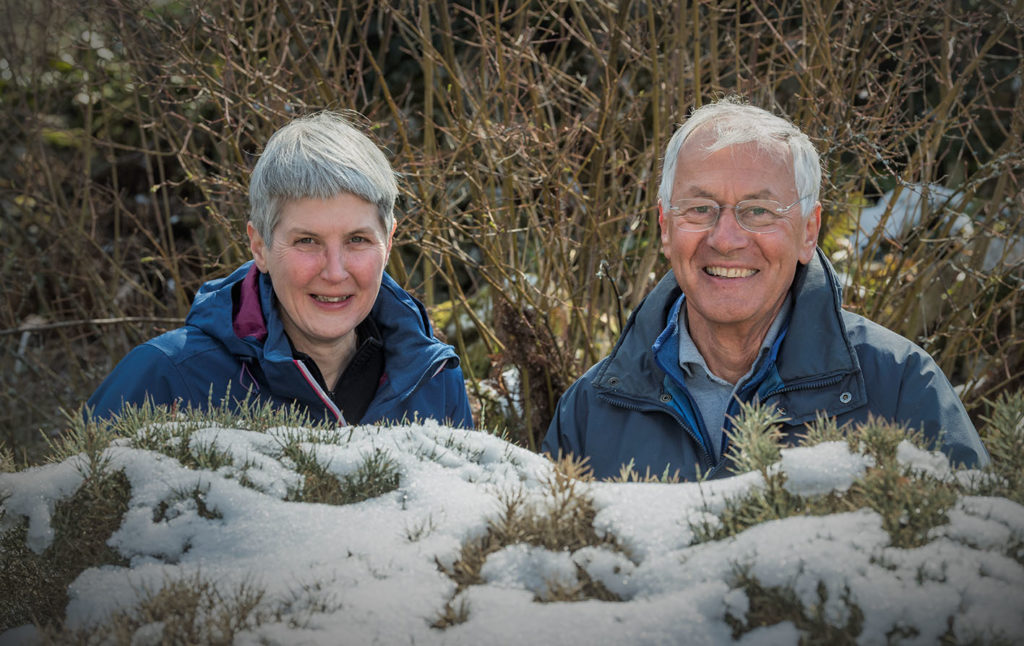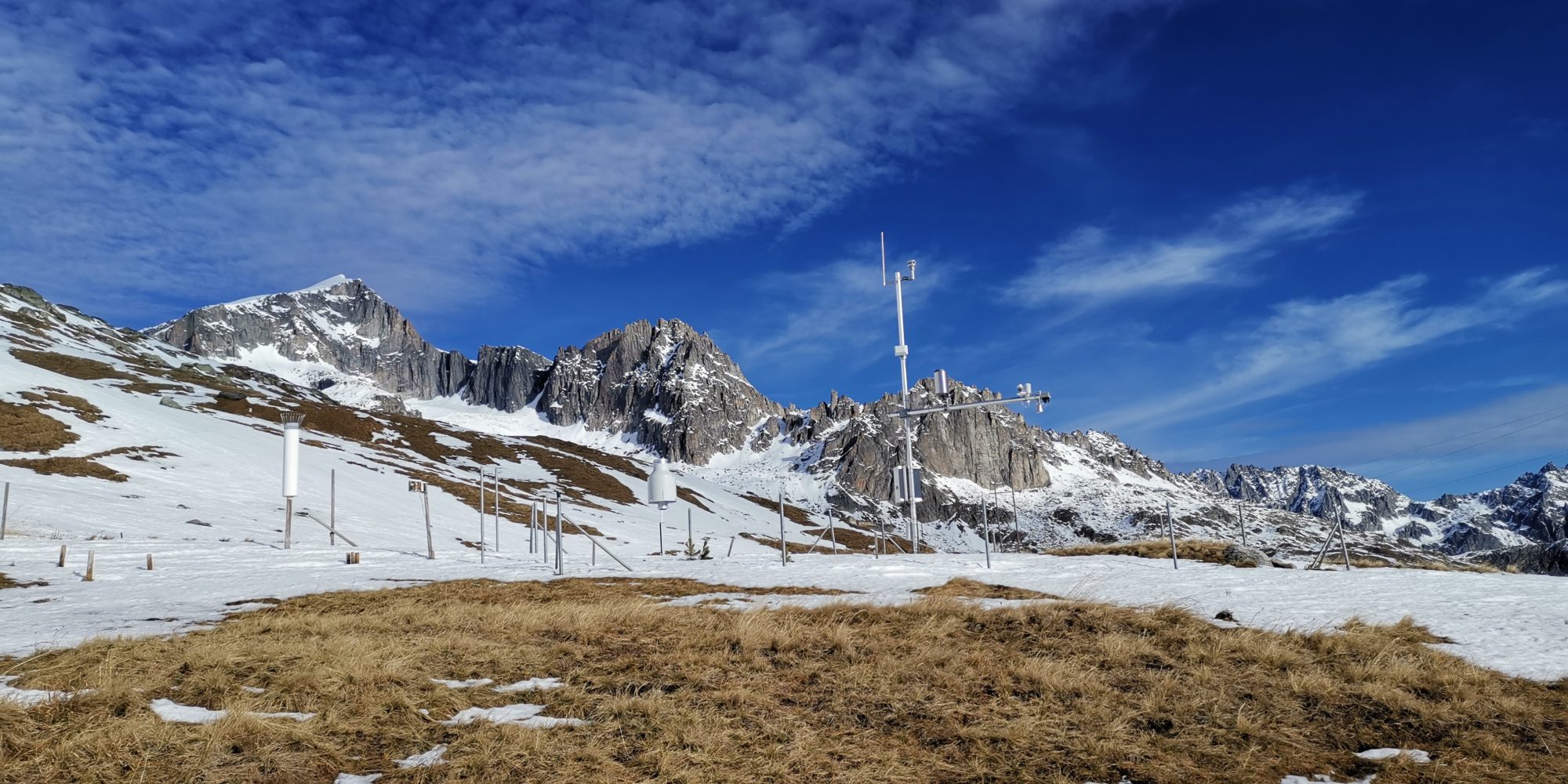Inaccessibly shimmering from the distance as white giants, but the mountains are sensitive on the events in the plains. Amid the Swiss Alps, at the Alpine Research Station Furka (ALPFOR) on 2440 meters a.s.l., scientists are investigating the impact of humans on alpine nature. For their versatile work, they mainly use instruments by OTT HydroMet. Since last summer, an OTT Pluvio² L is part of the scientists’ equipment, too. Written by Prof. Christian Körner and Dr. Erika Hiltbrunner.
Thanks to catalyzers in industrial facilities and in every car, nitrogen oxide (NOx) emissions have been cut. However, agriculture still emit too much ammonia nitrogen (NH3) to the air through fertilizers and industrial-scale livestock farming. Everything emitted into the air returns as nitrogen deposition to the earth surface and the vegetation, be it near or far moors, woods, grassland, everywhere.
OTT Pluvio² helps to understand the nitrogen cycle
In the mountains, these soluble nitrogen compounds are deposited mainly through rain and snow. These act as a unilateral fertilizer and harm biodiversity by boosting simple plants like blackberries and nettles that supplant frugal, slowly growing, often rare alpine plants. Even in remote areas of the higher Alps nature is facing an estimated tenfold increase of nitrogen deposition compared to preindustrial times. Scientists are eager to better understand this ecological problem. This is where OTT Pluvio² comes into play.
To evaluate the pollution of alpine ecosystems, it is necessary to know the exact amount of solved nitrogen deposition as well as alpine plants’ reaction to it. Precise precipitation monitoring is essential for that. At the Alpine Research Station Furka (ALPFOR), placed at the Furka mountain pass in the Swiss central Alps, the nonprofit organization of the same name runs an automated weather station. The major part of a year’s precipitation falls as snow there, often accompanied by strong winds. Therefore, ordinary tipping-bucket rain gauges with their small orifices lack reliability, even when heated. A weighing-rain gauge with a heated ring is the instrument of choice.
Unique research location at the Furka mountain pass
The precipitation’s local nitrogen concentration is known from water and air samples gathered closed to the pluviometer. The Pluvio² provides the respective amount of precipitation. From both parameters, scientists can calculate the annual atmospheric nitrogen deposition. This research project is led by Dr. Erika Hiltbrunner.
The institute’s location at the Furka mountain pass typifies areas in the higher Alps. Being housed in a former Swiss military camp, the institute has access to power supply and mobile radio communication. This is helpful with regard to the Pluvio’s heated orifice ring and data access. Remote operation is essential, because the location is nearly inaccessible during winter due to high risk of avalanches. The mountain pass road is closed from mid-October to May. If eventual emptying of the bucket is needed, the institute is only accessible on touring skis coming from direction Realp in the valley. The Pluvio’s smart software identifies and immediately adapts to emptying processes, thus avoiding data gaps.
One final detail: In the mountains, the local precipitation amount can vary significantly with up- and downwind, even across small distances. The Pluvio² is located at a point with average precipitation amount within 2 kilometers that is known from a previously conducted study with 12 measuring points.
The OTT Pluvio² complements the scientists’ equipment, who rely on OTT HydroMet sensors for other applications, too. They measure solar radiation and reflection with two Kipp & Zonen CMP11 radiometers. Thanks to a Lufft Ventus, they always know the exact speed and direction of wind.

Erika Hiltbrunner is a Senior Biologist and leads the Alpine Research Station at the Furka mountain pass. She investigates the effects of increasing atmospheric nitrogen deposition and further aspects of global changes on alpine vegetation.
Christian Körner is a professor emeritus for botany at the University of Basel. He is regularly working at the research station and has written two books about ecology in high mountain areas.
Further reading and listening
- Homepage of the ALPFOR institute
- Podcast: Measuring Amount and Type of Precipitation (Ep.3)
- OTT HydroMet Product Portfolio to Measure (Overview Guide)
- How Does Rain Fall? Infographic and Monitoring Technologies (Educational Infographic)



